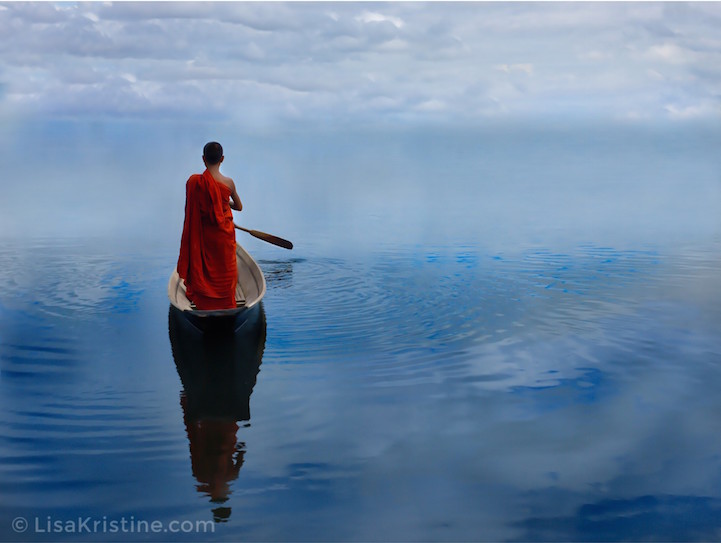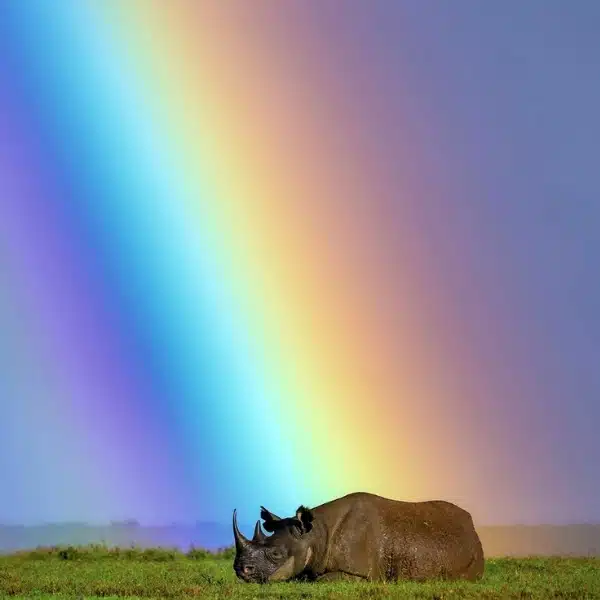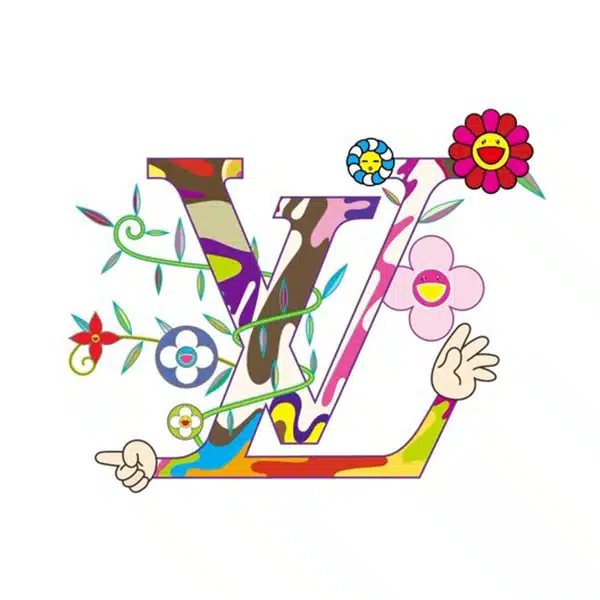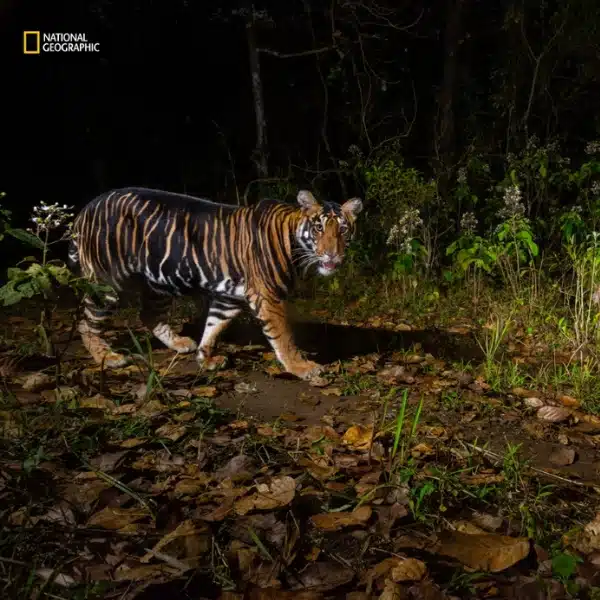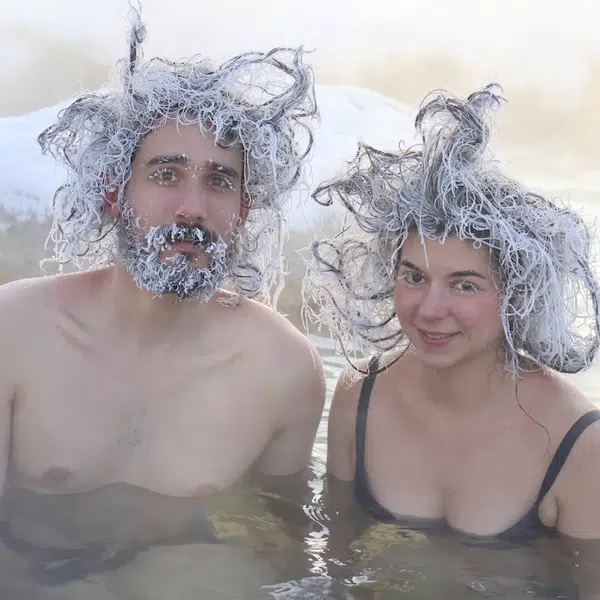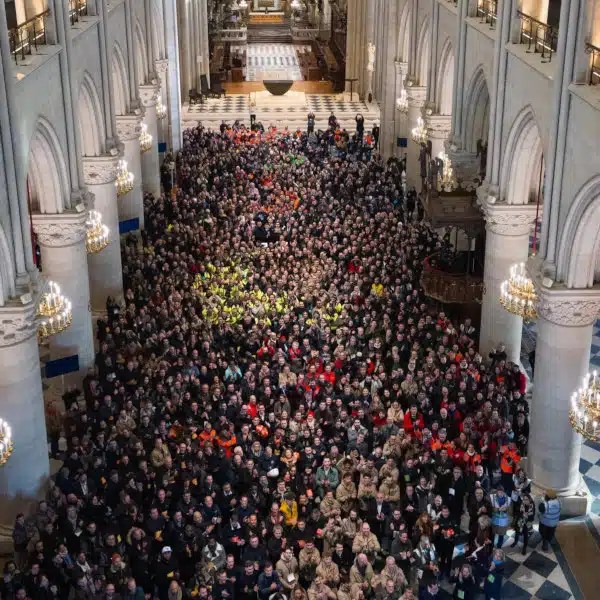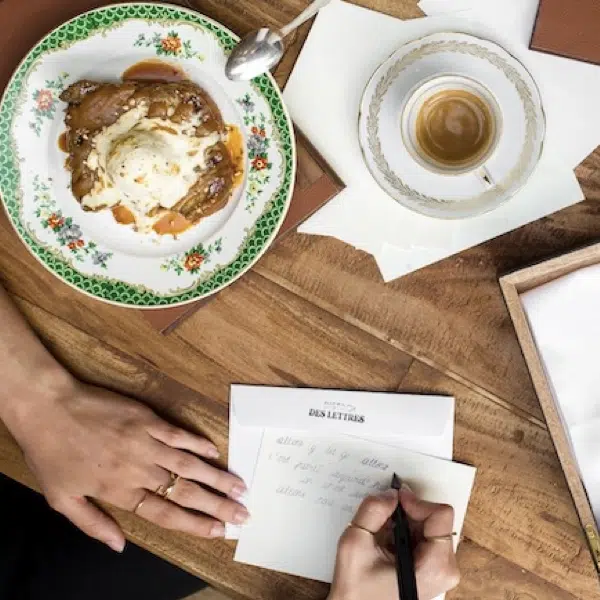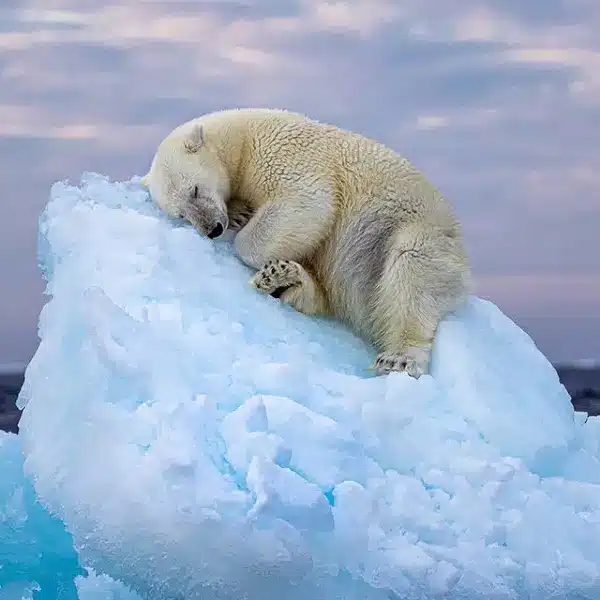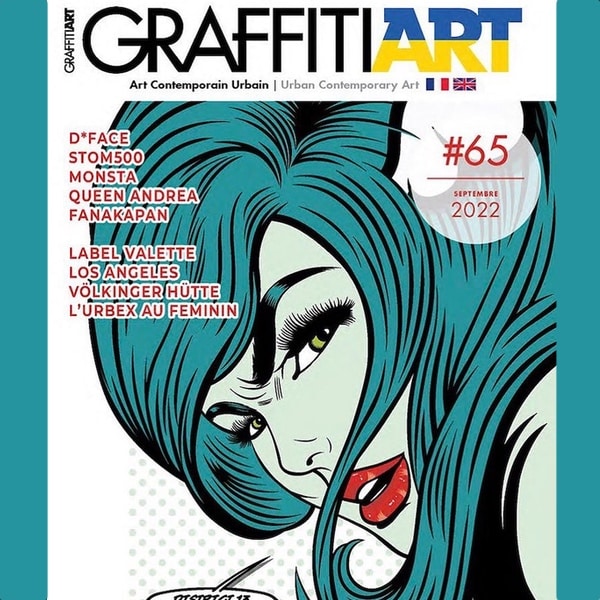Humanitarian photographer Lisa Kristine doesn't just take images of the world, she tells stories of change. She documents the most beautiful landscapes that are rarely seen. For more than thirty years, she has showcased portraits of indigenous cultures in more than 100 countries on six continents. Specializing in bringing awareness to significant social causes such as slavery and human trafficking, Kristine's purpose-driven photographs often donate a percentage of the profits to collaborative organizations, like Free the Slaves.
Along with being significant in the fight against slavery and other horrible abuses, Kristine believes that photography is “the ultimate tool for peacemaking.” To stare into the eyes of a person located halfway across the world is to feel prejudice slip away from your body. There's an instant connection that is created, not between strangers, but between human beings.
This particular collection is called Intimate Expanse, which refers to the relationship between humans and land. Kristine's images are visually powerful, alive with colors and texture, and feature landscapes from Ecuador to Myanmar to China to Zanzibar. The images invite us to drink in the harmonious and mystical beauty of our world. Each one tells its own story about how to live within an environment with respect and tenderness. Ultimately, Kristine's inspiring work reminds us that there really is so much world to see.
We were fortunate to have the opportunity to ask Kristine a few questions about her creative process and her passion for bringing the world together through photography. Scroll down to read our exclusive interview.

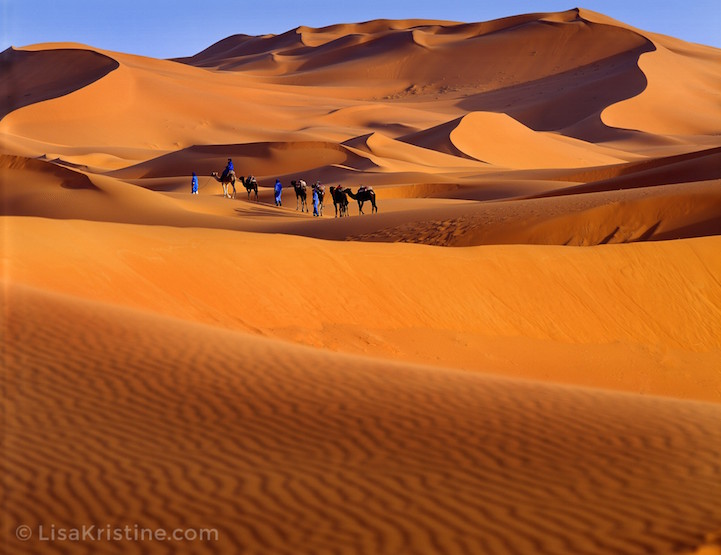
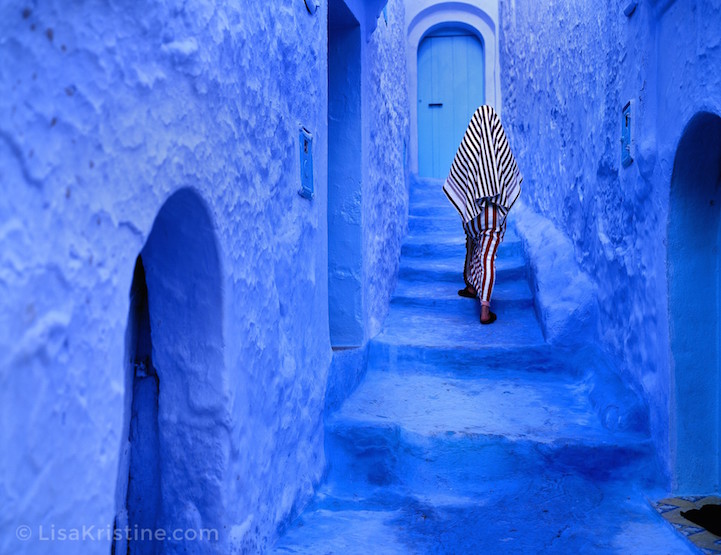
How do you choose your shooting locations?
I decide where I will go to make new images by what project I am working on and what I feel moved to document. This may be inspired by a place that is active with a situation or a place that is imminently vulnerable to change.
When you’re out shooting, what are you looking for in an image?
I seek out photographing a lived-in face. I look for a sense of infinity and meaning in one’s eyes. I am drawn to intimacy and authenticity, a sort of openness in sharing one’s spirit with me as a photographer.
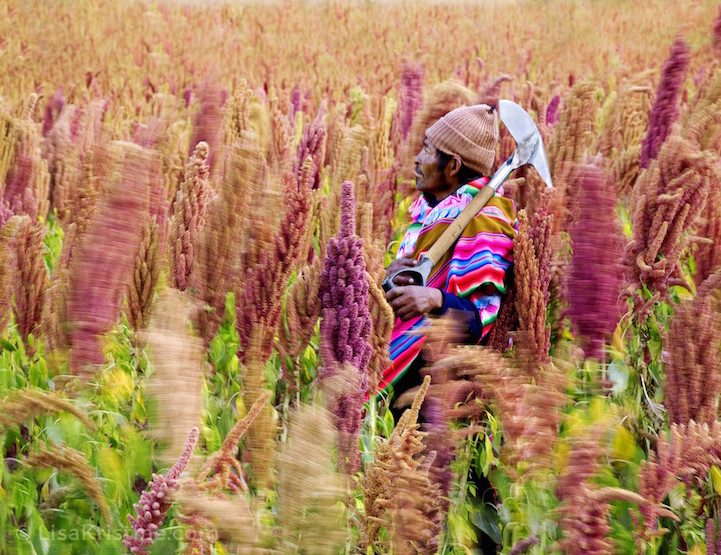
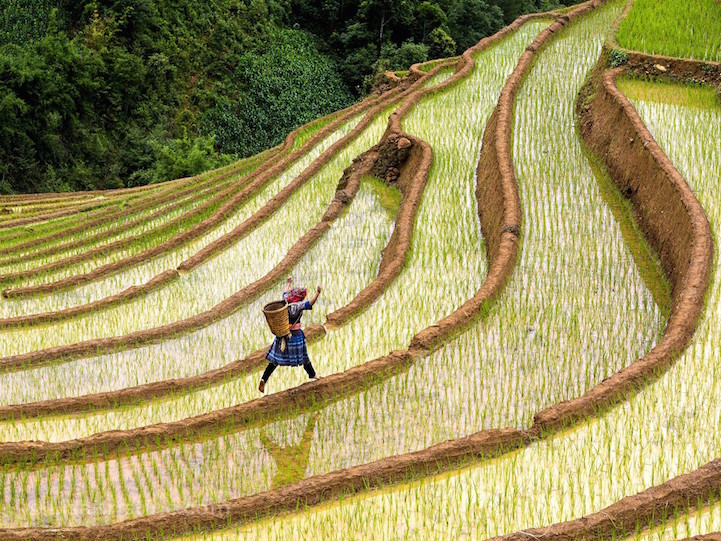
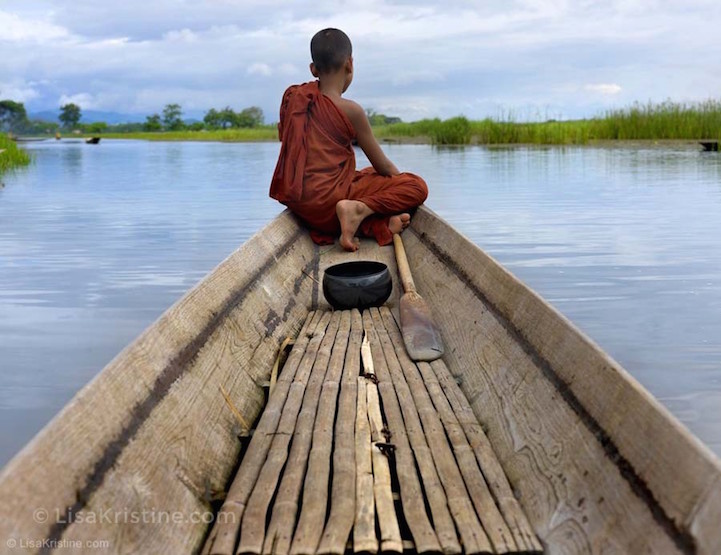
How do you know when you have the perfect shot? What are the feelings you get when you have it?
Sometimes I know I have the image when I depress the shutter. At other times I can be quite surprised at an image's power that I had not fully recognized in that light while in the field. I call these “gifts.”
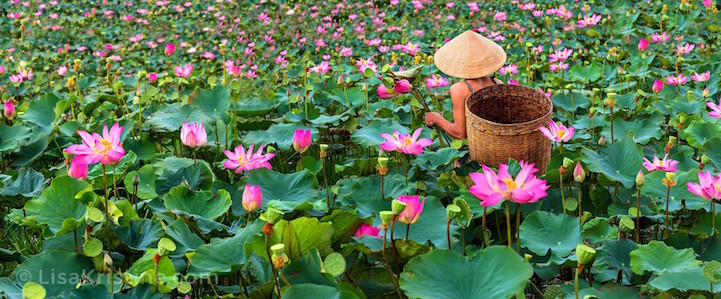
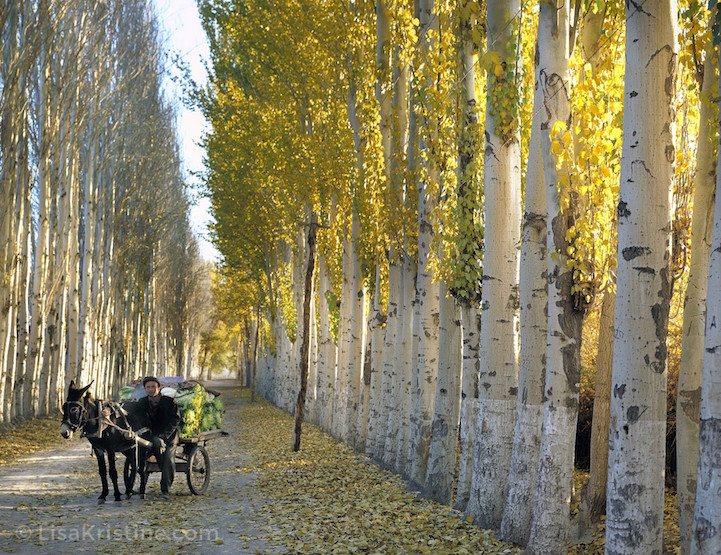
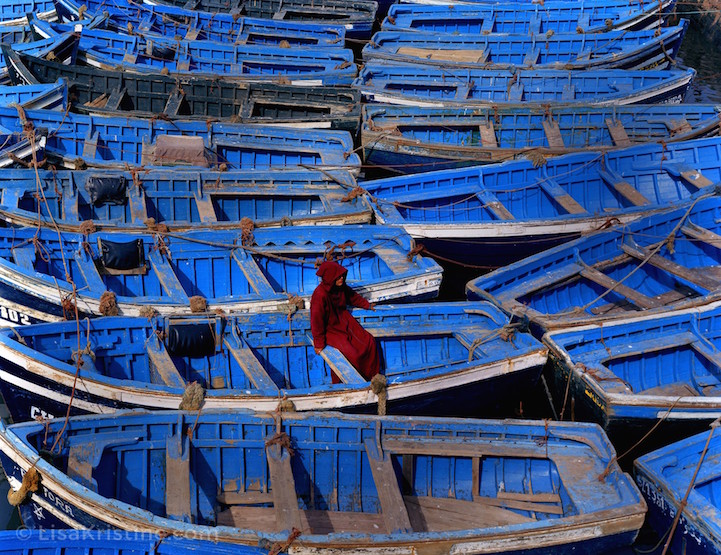
What’s the most challenging part of photographing these particular landscapes of the world? Have you ever felt like a situation was too risky or dangerous for you?
There are times when I put my life at risk to make images, but in these instances, I fall back on the meaning of the work, why I am doing it and that usually pulls me through harrowing experiences. It is only when I am back home in the studio when I wonder, “What was I doing!?” When I am documenting slavery I am driven to shine a light on the issue and the people before me – and my camera. These people endure dire hardship at the hands of exploitative traffickers. I cannot sleep knowing I am not doing something to help. That keeps me going.
Do you travel by yourself, or do you have a crew of helpers?
Because of the intimate nature of my work I prefer to work alone, without a lot of equipment or a crew. My work is based on a foundation of trust and connection and I find that is better achieved with less distraction.
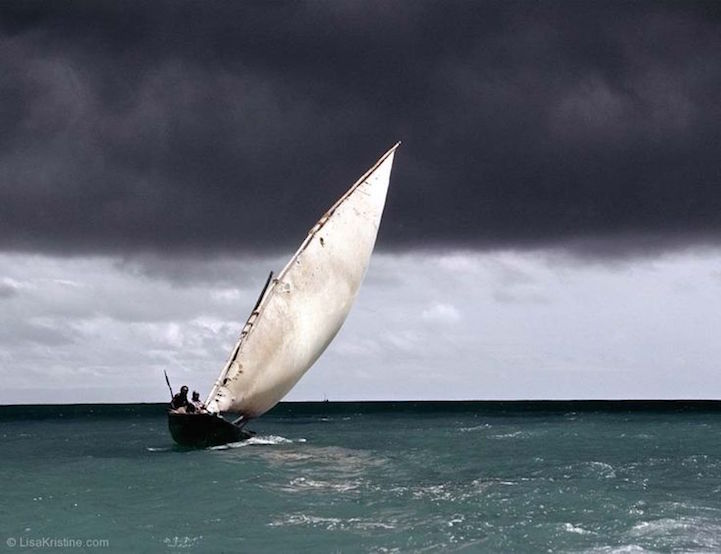

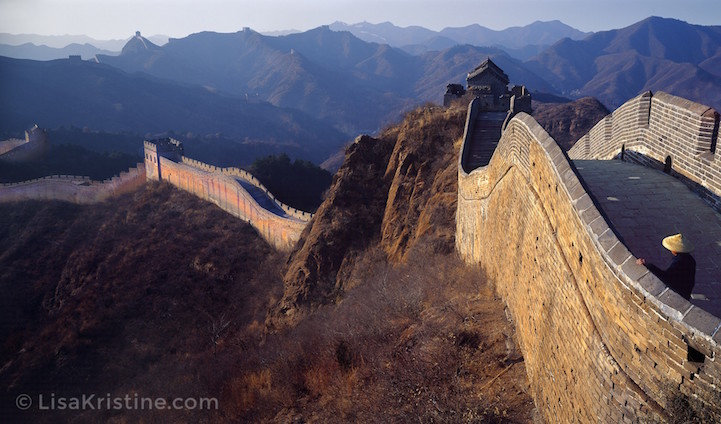
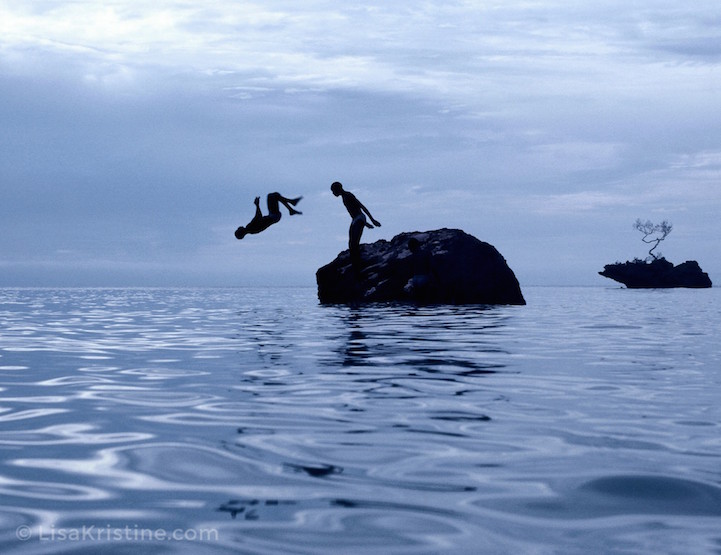
Can you speak about an experience where you had the opportunity to interact personally with one of the subjects of your photographs?
I spent time in Namibia with the Himba people. Here everything is sparse and minimal: people, animals, water. I was completely in awe that every morning they rubbed ochre mixed with butterfat onto their skin so it took on this wonderful red hue. That's their ritual of beautification. That's their ritual of the “I am” of who they are in this world. I find it astonishing. Me? I throw my clothes on and run off to the studio. But they dress for presence.
One of the Himba elders told me they hadn’t had adequate water for seven years. Their animals were dying. Life has been especially difficult for some time. Yet she still invited me in. She said, “Come see me anytime. I’m just beside the river.”
It’s that invitation to connect, that invitation to just be, that I marvel at. The ability to be present in the face of the difficulty and the uncertainty of survival, yet the invitation stands: Share this time with me, this food, what little we have, and come back again.
It really makes me think about my own life, all my attachments, how small my worries really are. And how generous am I being with the overwhelming abundance in my own life?
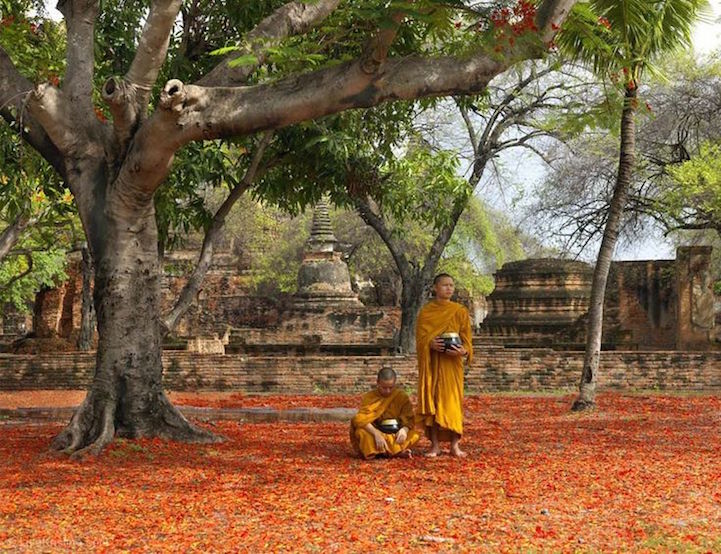
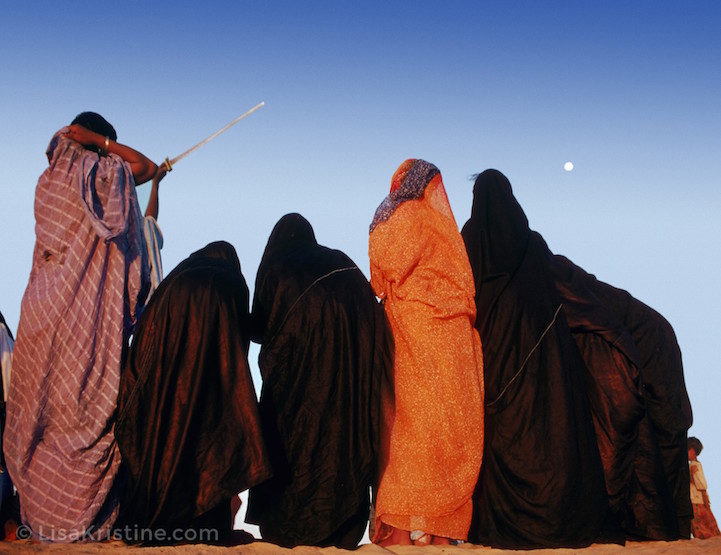
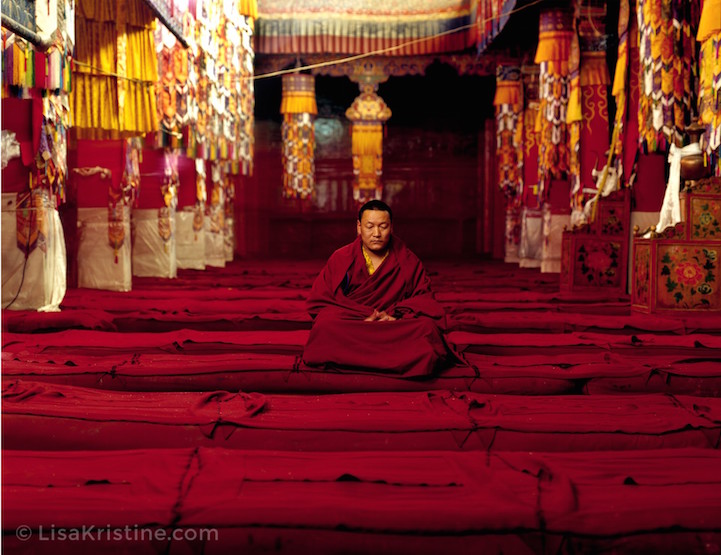
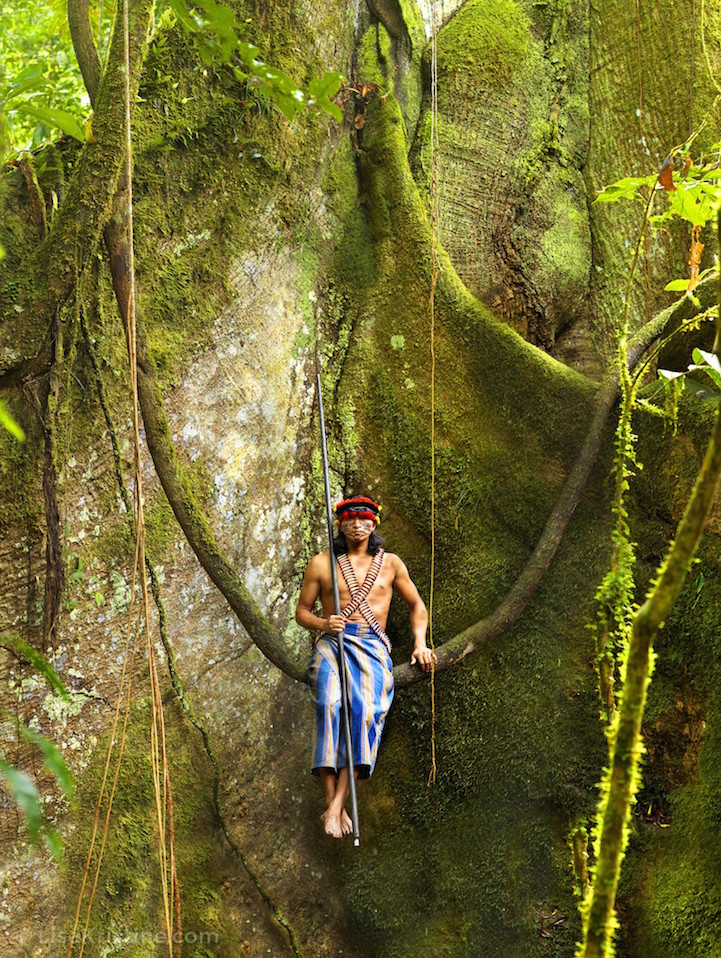
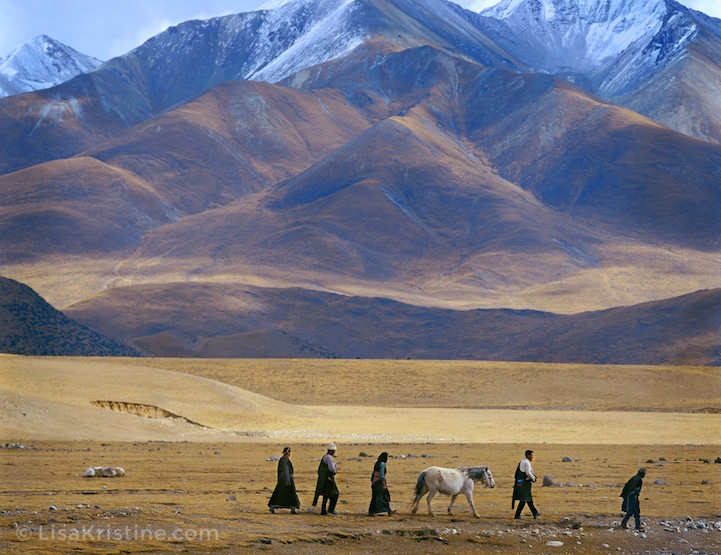
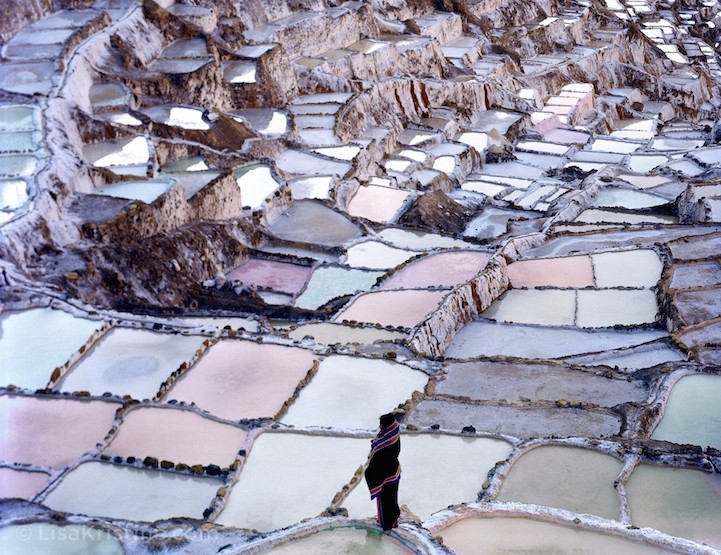
What do you love most about the whole process?
I love to learn from others. I consider those individuals I am blessed to meet and photograph, my mentors, not my subjects. Through them I learn about myself and I learn there are so many ways to be alive. It invites possibility and sharing into my life.
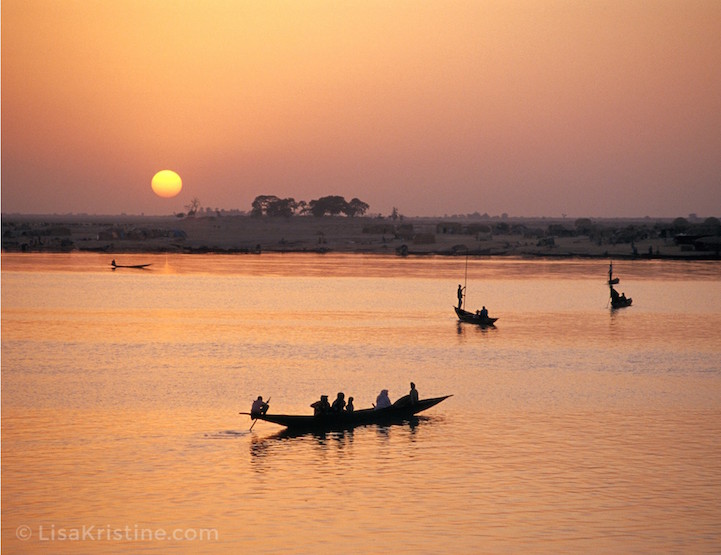
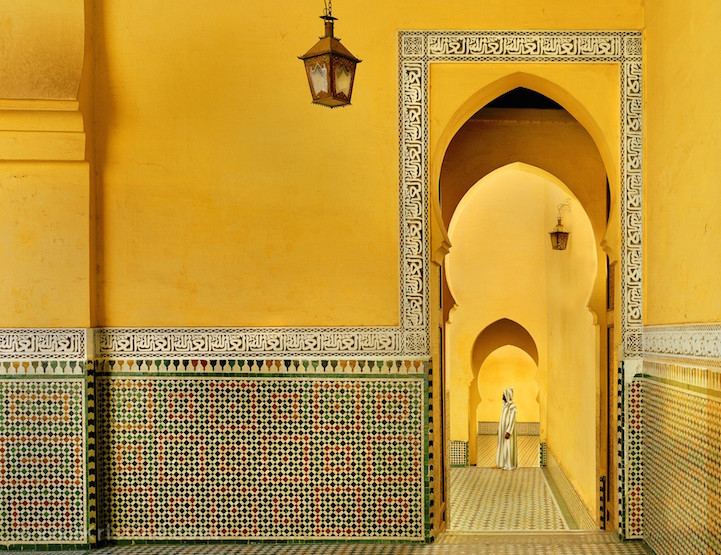
Lisa Kristine: Website | Facebook | Twitter | Instagram
My Modern Met granted permission to use photos by Lisa Kristine.
